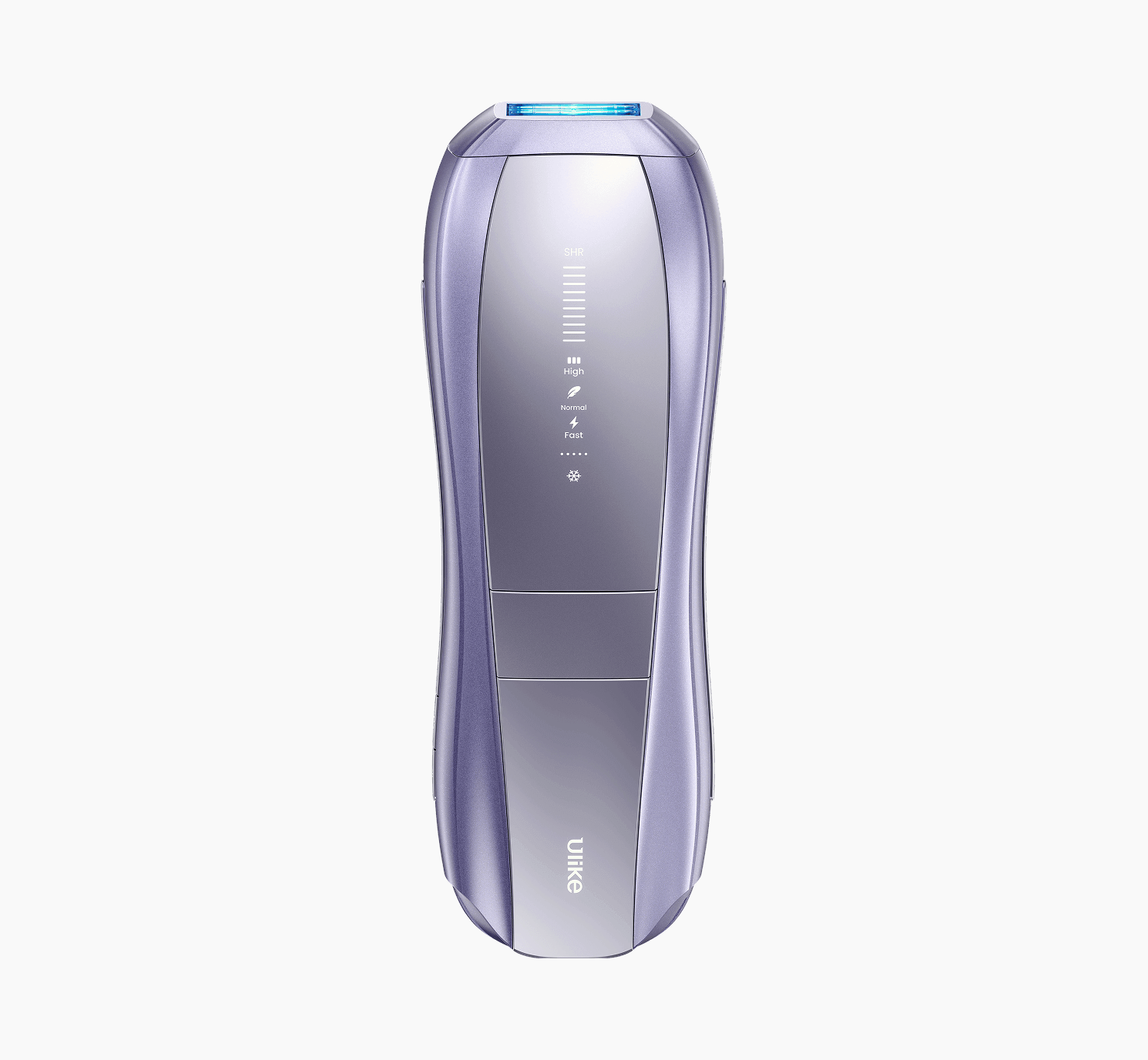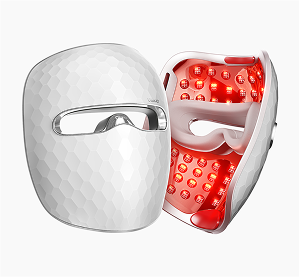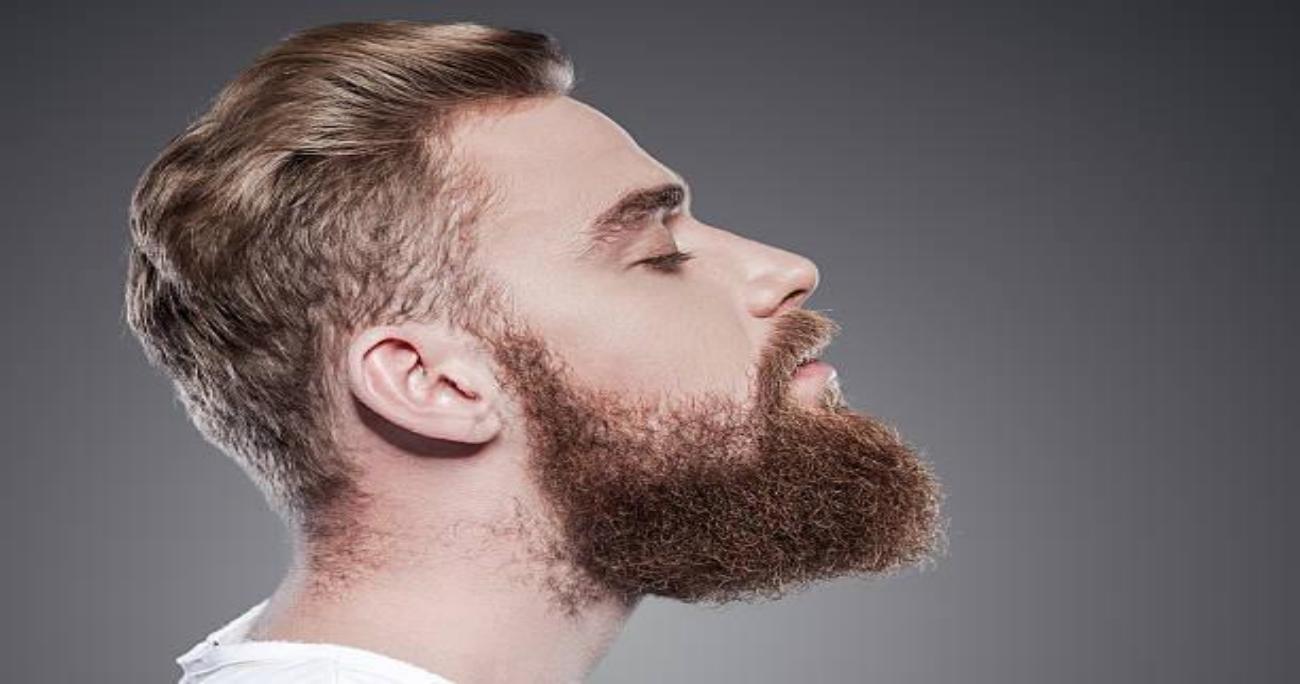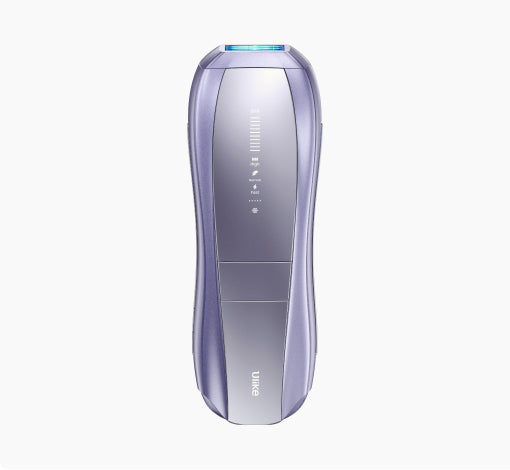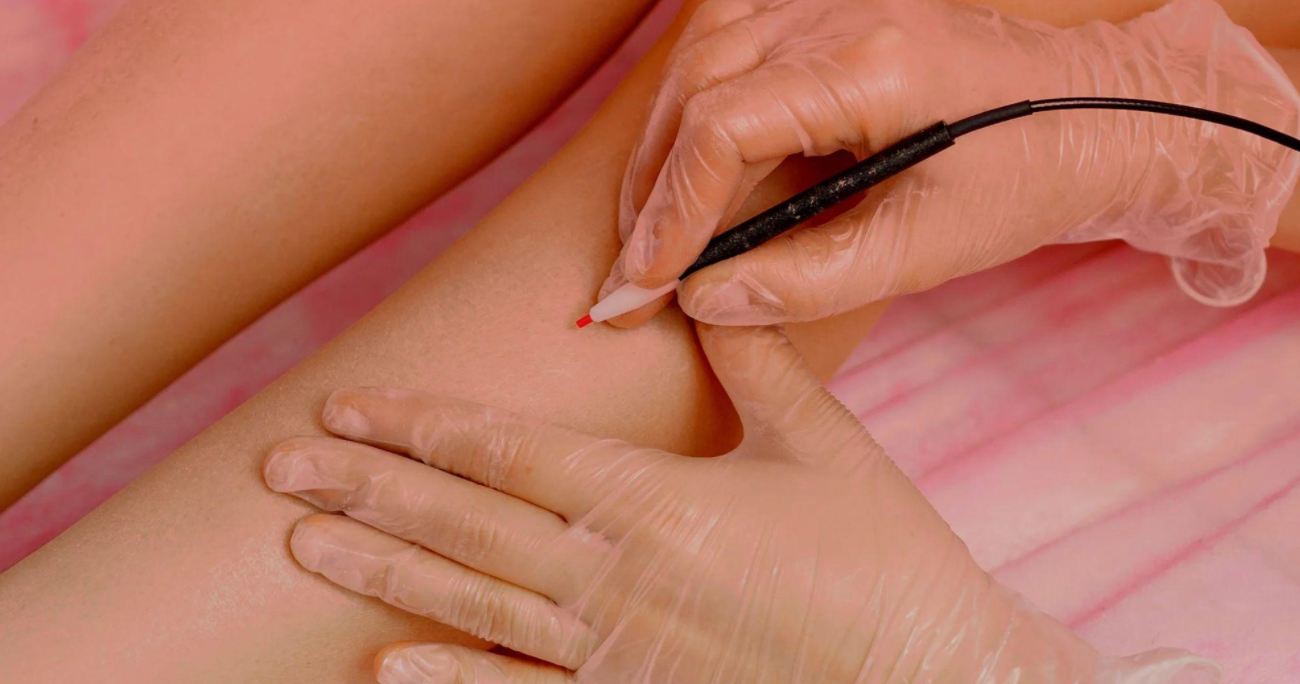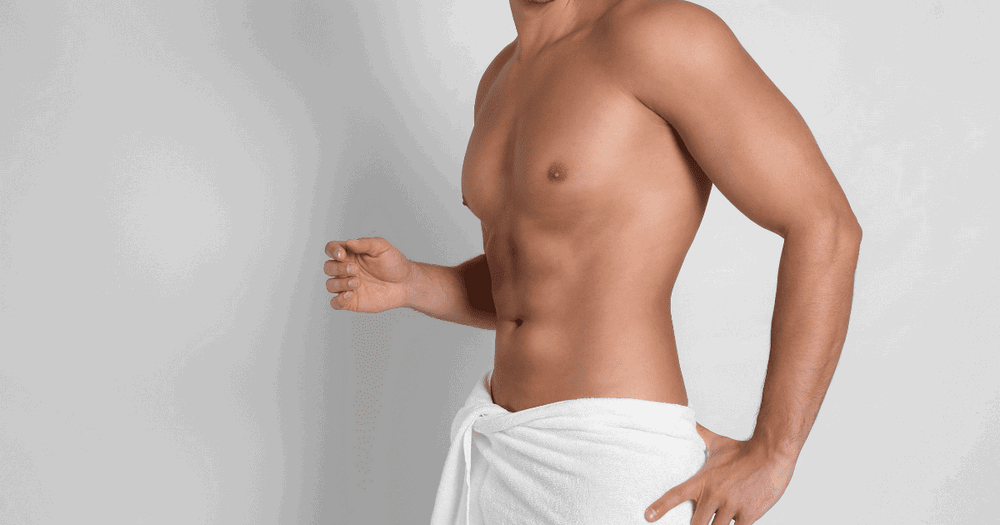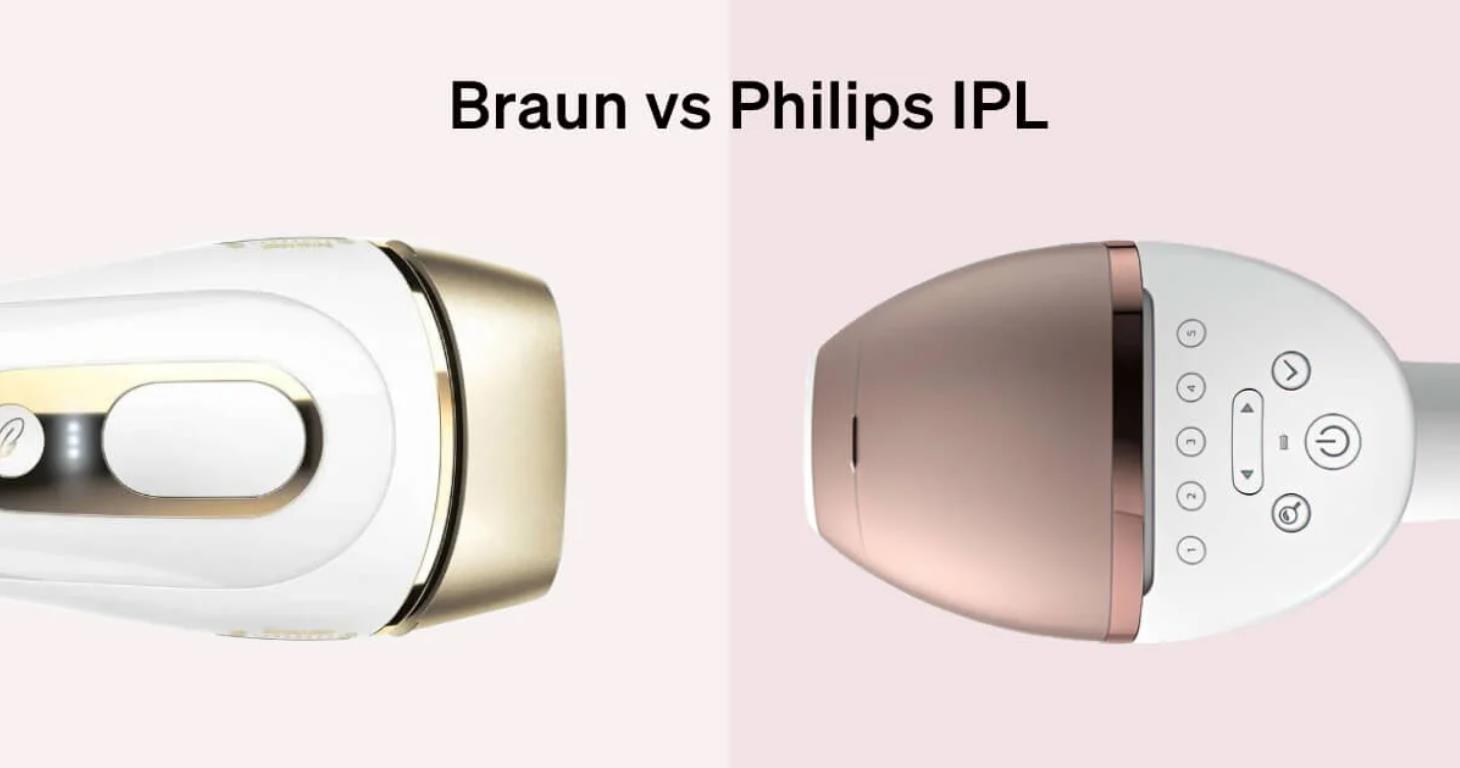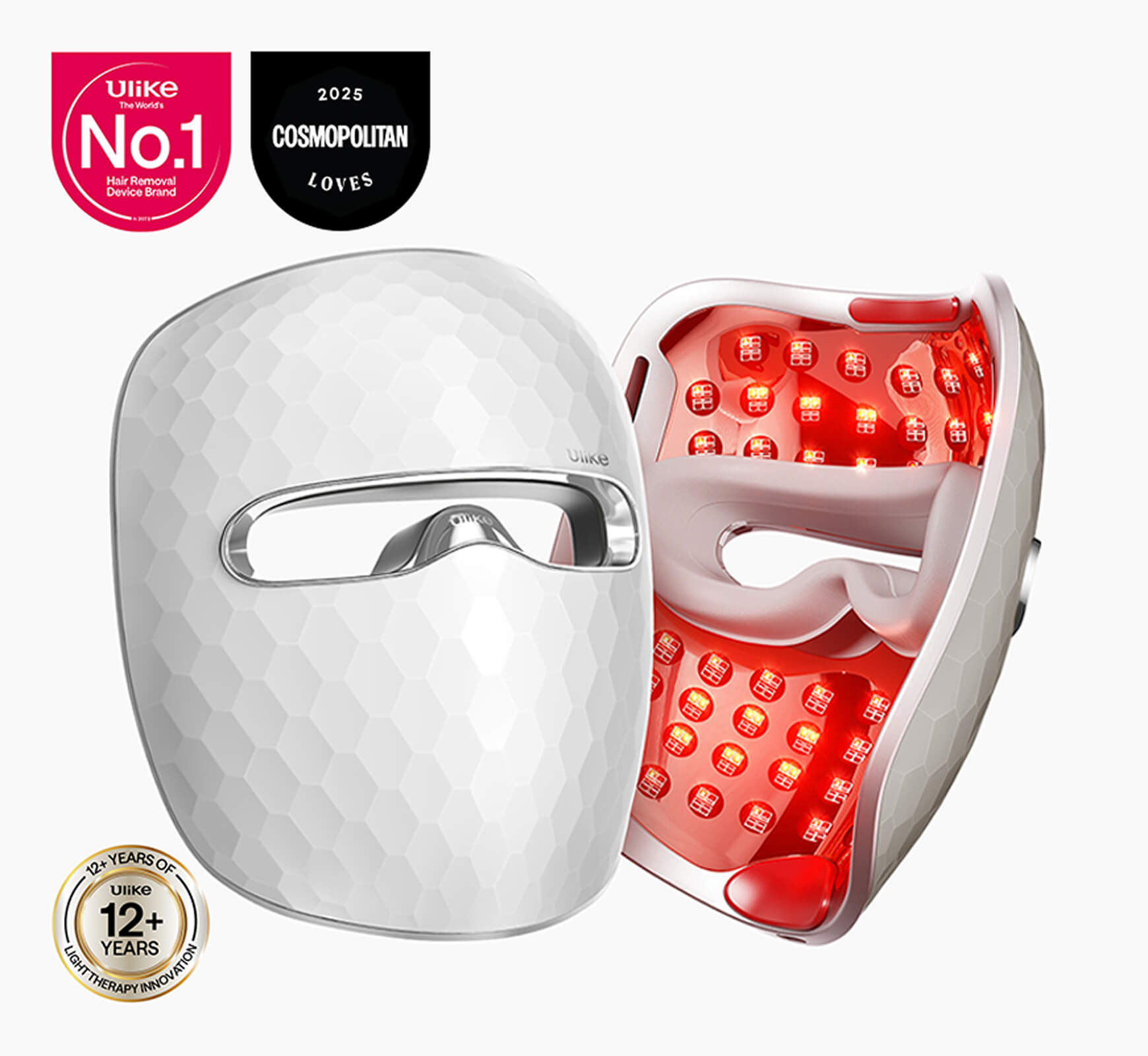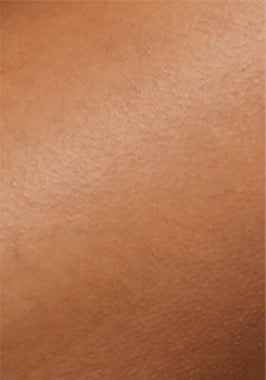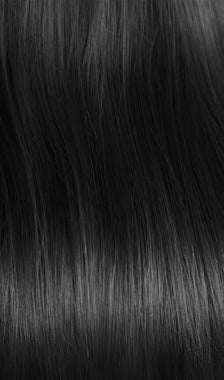A coarse and unruly beard can derail the entire look and feel of your appearance for several reasons. It not only leaves you with endless itching and discomfort but it can also leave your partner feeling uncomfortable whenever you go in for a hug or kiss. This is why keeping your beard soft and well-groomed is important–after all, you don't want to be stuck with coarseness and endless itching.
In this article, we’ll be discussing how to soften the beard. Whether your main concern is how to make the beard soft for kissing or you want a luxurious beard that shines and begs to be touched, we’ve got you covered. Read ahead, to discover your ultimate beard grooming routine.
Why Is My Beard So Rough?

Lack of Proper Grooming and Care
Facial hair is often not on most people’s radar when it comes to grooming and is often neglected without proper care which is why it often feels rough and coarse. Think about it, you probably pay a lot of attention to your hair and put a lot of effort into caring for it but your beard likely does not get the same attention. The beard comes in contact with so many surfaces and items daily and when it is not properly being cared for it will accumulate a lot of dirt and grime that are bound to leave it feeling rough. The moment you decide to grow a beard, you need to establish a grooming routine to keep the hair clean and well-nourished. This lack of grooming also includes an untrimmed beard. Much like the hair on your head, facial hair can break and develop split ends with normal wear and tear. So if your beard is left unruly and untrimmed for a long time, the split ends can leave it feeling rough and coarse.
Dryness and Lack of Moisture
Ever noticed how rough your hair feels after a few days without any moisture or product? The same thing applies to your beard. Without adequate moisture, your facial hair will feel extremely dry and rough. In case you're wondering if the water that trickles down your beard in the shower is enough to keep it moisturised, no it is not. The hair on the beard requires additional moisture to smooth down the cuticles.
If you are keeping your beard moisturised and you notice that it still feels rough. You may be experiencing another form of dryness that occurs from exposure to hard water. Hard water is water that contains high traces of minerals like iron, magnesium, and calcium. Once these minerals come in contact with your beard, they can build up on the strands and create a barrier that prevents moisture from coming in. This will eventually result in a super dry beard that feels rough and frizzy. If left unattended, hard water dryness can even cause breakage and lead to itching on the skin underneath your beard.
Environmental Factors and Harsh Conditions
If you live in an area with extremely harsh weather conditions, it can also have a negative effect on the look and feel of your beard. This is especially common when the beard is exposed to freezing temperatures in the winter. The winter weather is known for being harsh and zapping out moisture from the skin but it also does the same thing to your beard. The dryness and extreme cold in the air can leave your beard feeling extremely dry and rough. Since the beard is always left fully exposed to the environment and not covered up like the rest of the body, you may even notice it feels rougher and dryer than your skin in the winter.
Genetic and Hair Type Factors
While we may all want a silky smooth beard, it may not be realistic for everyone. There are about four different hair types which include straight, wavy, curly, and coily hair. Each of these hair types has a uniquely shaped follicle that determines how the hair grows out. Some hair types grow in pattern and shape which makes it difficult for the natural oils on the skin to travel down each hair strand, so the beard may not be properly coated with the natural oils needed to keep it soft and smooth. This means, your beard will feel even more rough and frizzy without proper care. Wondering how you get the perfect hair type for a soft beard? You don't. Each person's hair type is determined strictly by genetics so, you can choose what hair type you are born with. The best you can do is understand the needs and characteristics of your hair type so you can know how to soften your beard.
How To Make Beard Soft?

Beard Care Routine for Softness
It is very crucial to establish a consistent beard care routine if you want to keep your beard soft. This will ensure the beard gets all the nourishment and maintenance it needs. Your beard care routine only requires a few basic steps which include: washing, conditioning, brushing, hydration, oiling, and trimming. You may likely already be doing most of these steps but to help you get the best outcomes, we are going to explain how to do them more efficiently.
Washing: Cleansing your beard is probably the most important step in any grooming routine. It will help remove all traces of oil, sweat, and grime that may be causing itchiness and roughness. lather up your beard with a regular shampoo or a dedicated beard shampoo a few times a week and massage the beard in a circular motion while you do this. Those with naturally dry hair types do not have to wash multiple times a week as that can strip the beard of too much moisture. Instead, wash only once a week.
Conditioning: Once the beard is cleansed, follow up with a conditioner to replenish the beard with any moisture lost during the shampoo process and also smoothen the cuticles on the hair strands. Be sure to rinse out the conditioner properly after about 1-2 minutes.
Hydration: To further replenish the beard with an extra boost of moisture after your in-shower routine, you will need to apply a moisturising beard balm.
Brushing: Detangling your beard is key to achieving a soft and smooth look. After moisturising the beard, use a comb or beard brush to brush the beard from the neck upwards if you only have a short stubble. If your beard is long and full, start from the ends and brush in a downward motion. Be sure to do this before styling the beard into your desired shape.
Oiling: Oiling the beard as a final step will help seal moisture into the beard and also improve its shine and smoothness. Apply a few drops of your favourite beard oil and work it into your beard from the roots to the ends in a downward motion to avoid creating frizz.
Trimming: Trimming the beard every few months or weeks depending on how quickly your beard grows is important for maintaining its shape and softness. It will help you eliminate any split ends and broken hair strands that make your beard look and feel rough. When trimming, ensure your cutting tool is sharp and clean.
Proper Grooming Techniques
Grooming your beard requires a certain level of finesse even with the right routine. So to make sure you do it right, here are a few techniques to follow when caring for your beard.
- When combing your beard, start from the very ends of the hair and gradually work your way up to the roots. This will allow you to get rid of any knots and tangles with minimal discomfort. It will also create a more even distribution of any product you apply.
- The skin underneath your beard is just as important as the hair on it so while washing, take a few seconds to gently scrub and focus on the skin. This will ensure there is no buildup of sweat or oils that could later move into your beard and make it rough.
- Before trimming your beard, it is important to always make sure it is thoroughly combed first. This will ensure a move clean and even cut and help maintain your desired shape.
Healthy Lifestyle Habits for Beard Softness

The journey to a soft beard starts internally. The look and feel of your facial hair is greatly impacted by the physical state of your body so it is very important to maintain a healthy lifestyle. This starts with your diet. Consuming a balanced diet rich in proteins, omega-3 fats, vitamins C and D can help improve the overall health of your facial hair. It is also important to drink enough water throughout the day because when you are dehydrated, it always shows in places like your skin and hair. So if you want a soft hydrated beard, keep your body hydrated.
Additionally, avoiding stress and getting enough sleep are important for maintaining a soft beard. If your body is constantly stressed, you run the risk of getting hair loss and breakage which can definitely result in extra roughness on your beard. So try to keep your body well-rested and avoid too much mental and physical stress.
Beard Softening Products and Tools
When you are establishing a beard care routine, you may be thinking all you need to do is learn how to use a beard softener. However, there is a slew of different products and tools designed to help make your grooming process more efficient and help you achieve the silky soft beard you want.
Beard Balm
You can start by using a beard balm or beard mousse. These conditioning creams help keep the beard super hydrated and soft while minimising frizz and roughness. They are usually very lightweight so you can use them as often as you like without worrying about overloading your beard with product.
Beard Oil
Another great product designed to soften and nourish the beard is beard oils. They are usually made from a blend of different carrier oils like coconut, argan, and jojoba oil. A beard oil is probably one of the most essential parts of any beard care routine since it helps to seal moisture into your beard and also improves its overall shine.
Beard Softener
If you want a product formulated to strictly help soften your beard, you can try using a beard softener. It usually contains oils and hydrators that are meant to help smoothen the cuticles and soften the beard. There are many different forms of beard softeners on the market so you may have to do a little trial and error before finding the right one for you. Some are lightweight with a lotion-like consistency while others are thick creams. The product formula depends on what brand tour purchase.
Beard Wax
Additionally, styling your beard can be just as important and softening it, and if you want a product that helps you do both at the same time. A beard wax is a great product to have on hand. This gel-like product is often made from a mixture of oils and waxes that help to smoothen the beard and hold the shape while you style it. They improve the beard’s overall softness.
Beard Comb
As we mentioned earlier, a well-detangled beard is key to maintaining softness and smoothness as it ensures a more even distribution of natural oils and any other beard-softening products you apply, which is why it is crucial to always have some degangling tools on hand. A beard comb is a staple tool you need to always have when grooming your beard. You can use a fine tooth comb or a wide tooth comb depending on the thickness or coarseness of your beard but either option will ensure your beard is tangle free and smooth.
Boar Bristle Brushes
Boar bristle brushes are another wonderful beard-detangling tool that helps to eliminate knots and matting within the beard. Using a bristle brush at least twice a week can make a significant difference in the smoothness and softness of the beard.
Conclusion
Grooming your beard into softness may seem like an overwhelming process at first but if you stick with the tips and tricks we discussed in this post, you’ll be well on your way to achieving a healthy and soft beard. Remember, consistency is key to achieving the best results. So, If you want to long-lasting leave behind the era of endless itching and dryness on your beard, be sure to establish a routine that works for you and stay consistent.

